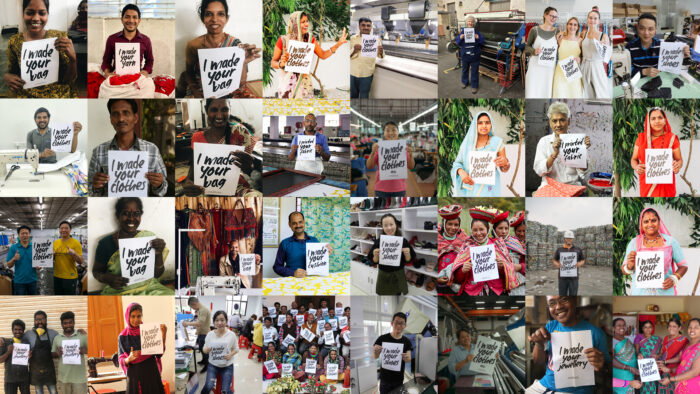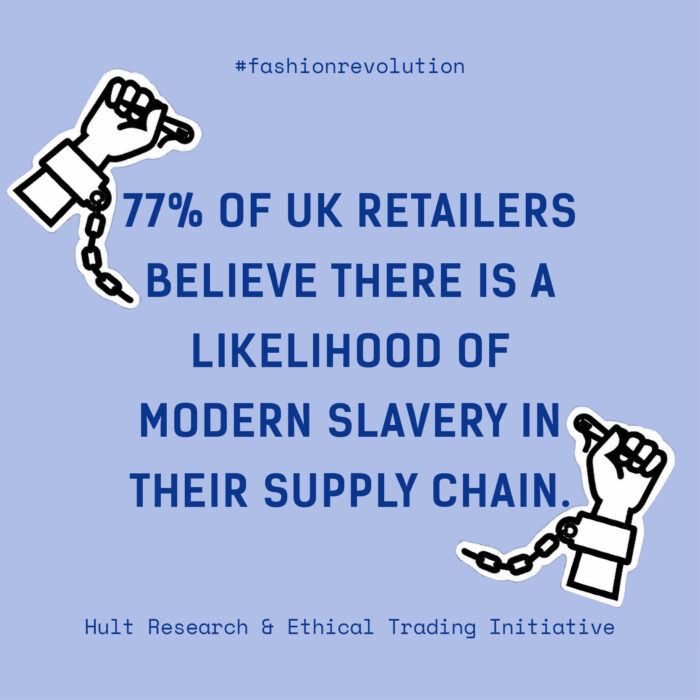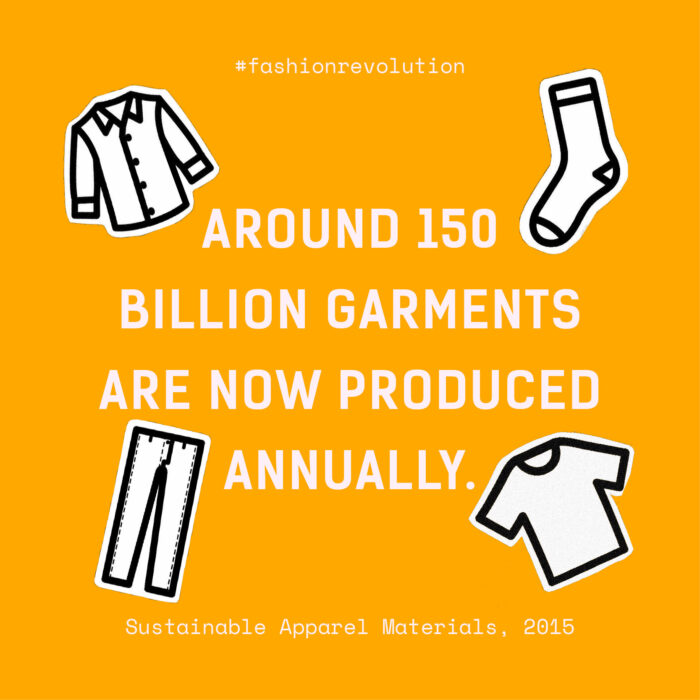WHY DO WE NEED A FASHION REVOLUTION?
On 24 April 2013, the Rana Plaza building in Bangladesh collapsed. More than 1,100 people died and another 2,500 were injured, making it the fourth largest industrial disaster in history.
That’s when Fashion Revolution was born.
Rana Plaza was a factory complex in Savar, Bangladesh, making clothes for some of the biggest global fashion brands. Most of the 5,000 workers inside were young women.
This tragedy was preventable. In the aftermath, survivors told stories of how they knew the building was hazardous and showing cracks in the days leading up to the collapse. Multiple workers told their supervisors that they were afraid to enter the building and continue working. The retails shops and banks on the ground floor shut down their operations, but the demand of global brands and an insatiable fashion industry called garment workers back inside. The factories remained open and these workers made our clothes in fear for their lives.
In the days and weeks before the tragedy, many of these clothes were packed in boxes and shipped to brands and retailers around the world. The truth is that we bought and wore these garments stitched together in tragedy. And the culpable brands weren’t limited to ‘fast-fashion’, but included mid-price retailers. Their unifying attribute wasn’t low price, but lack of transparency.
Fashion Revolution is now a global movement of people like you.
We believe that no one should die for fashion and since the Rana Plaza disaster we’ve campaigned with citizens, brands and policymakers to demand a fair and safe fashion industry.
Since Fashion Revolution began, people from all over the world have used their voice and their power to demand change from the fashion industry. And it’s working. The industry is starting to listen.
We’ve seen brands becoming more open about where their clothes are made and the impact their materials are having on the environment. We’ve seen manufacturers make their factories safer and more of the people in the supply chain are being seen and heard. Designers are now considering people and planet when creating new clothing. Citizens are thinking before they buy.
But the story is far from over. We are only just getting started. We can’t stop until every worker who makes our clothes is seen, heard and paid properly and the environments they live and work in are safe. We can’t stop until the culture of consumption is changed and we learn to love and appreciate our clothes and the people that made them.
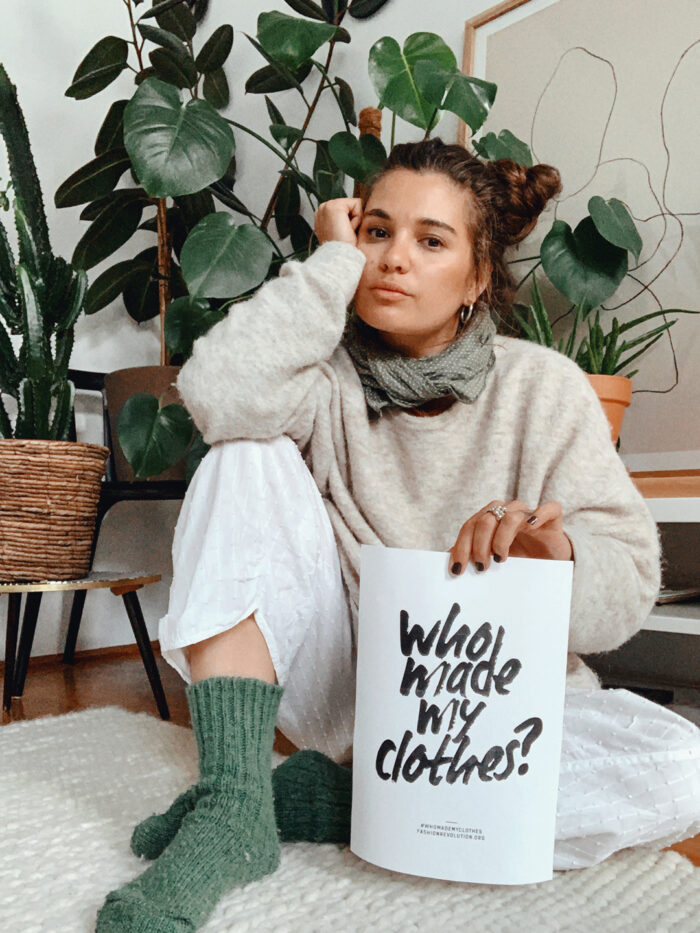
What are the conditions of the global fashion industry?
Have you ever wondered who made your clothes? How much they’re paid, and what their lives are like?
Our clothes have gone on a long journey before they reach stores and webshops, passing through the hands of cotton farmers, spinners, weavers, dyers, sewers and many more.
The number of people that work in the global clothing supply chain isn’t fully understood, due to the complex web of processes involved. The Ellen MacArthur Foundation estimates that 300 million people work in the clothing industry, with around 25 to 60 million people directly employed. Most of these workers in low-skill and low paid work are young women. The fashion industry is a significant contributor to gender inequality in many forms, with nearly 1 in 3 female garment workers having experienced sexual harassment in the past 12 months. And harassment isn’t the only aspect of their work garment workers have to fear. The Garment Worker Diaries project has found that less than half of the workers in their Bangladesh sample felt safe in their factories and 40% reported seeing a fire in their workplace.
Around the world, the people who make our clothes predominantly live in poverty, lacking a living wage or the freedom to negotiate for their pay and working conditions. According to the Global Slavery Index (2018), the garment industry is the second most predominant sector driving modern slavery.
Fashion Revolution wants to change this. We must ask #WhoMadeMyClothes? and demand that the people who make our clothes are visible and their human rights are respected.
The volumes of clothing we produce and consume are harmful to people and planet.
Global fashion consumption continues to gain speed at unsustainable levels and relies on a culture of disposability. In 2015, we produced around 150 billion items of clothing and this number continues to grow. We buy 60% more clothing now than we did 15 years ago, and only keep these garments for half as long.
Around the world, we produce too much clothing, from unsustainable materials, much of which ends up incinerated or in landfill. In the UK, we send 11 million items of clothing to landfill every week.
We must replace our culture of disposable clothes with a culture of keeping, swapping, repairing and sharing. Research from WRAP has found that extending the life of a garment by 9 months would reduce its carbon, water and waste footprints by 20-30% each.
The composition of our clothing is degrading the environment
Our clothes are made from materials and processes that require the extraction of natural, non-renewable resources and produce considerable negative environmental impacts. Each of the common materials we wear carries its own set of environmental issues, from the oil extraction required to create polyester, acrylic and nylon to the deforestation for viscose or heavy pesticide use in farming cotton.
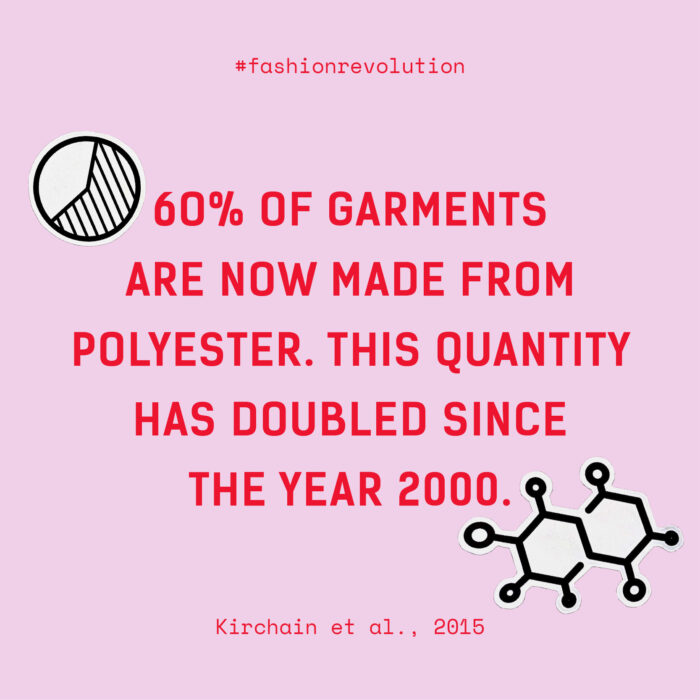
Polyester represents around 60% of global fibre production, it is a plastic fibre and is made of crude oil. Every time we wash clothes made from synthetic fibres, they will shed approximately 700,000 individual microplastic fibres. Many of these fibres will reach waterways, harming biodiversity and potentially even compromising harming human health.
We must demand that brands take greater responsibility for environmental stewardship and chemical safety when it comes to materials. Ask brands #WhatsInMyClothes? And learn more about some of the key environmental issues in our fanzine 003: Fashion Environment Change.
TO LEARN MORE ABOUT THE ISSUES AND SOLUTIONS IN THE FASHION INDSUTRY, READ OUR WHITEPAPER.
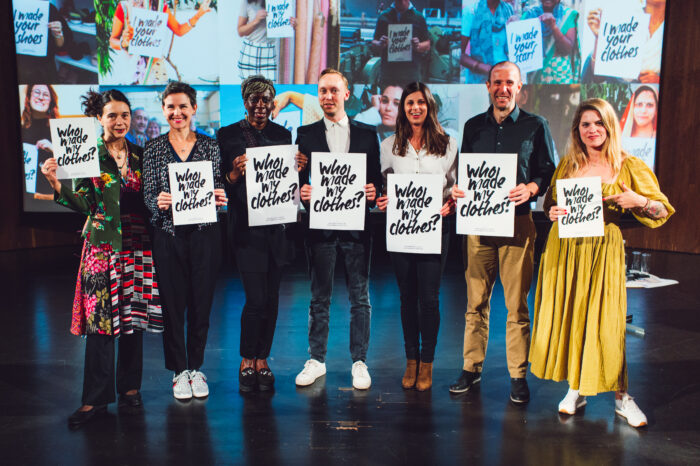
Fashion Revolution is a global movement calling for a fair, safe, clean and transparent fashion industry
We are campaigning for a global fashion industry that conserves and restores the environment and values people over growth and profit.
With systemic and structural change, the global fashion industry can lift millions of people out of poverty and provide them with decent and dignified livelihoods. It can conserve and restore our living planet. It can bring people together and be a great source of joy, creativity and expression for individuals and communities.
Join the Fashion Revolution:
Artisans, makers, farmers & factory workers
